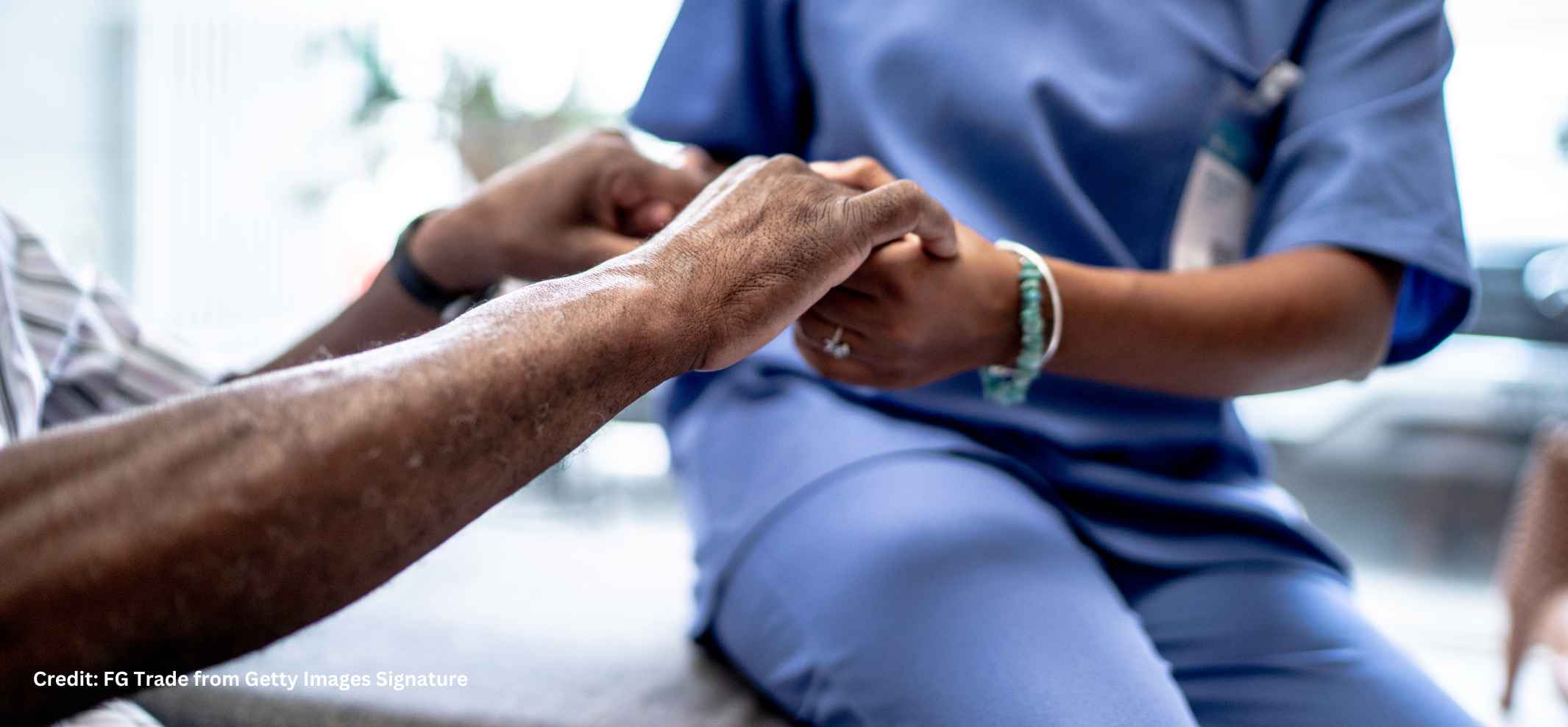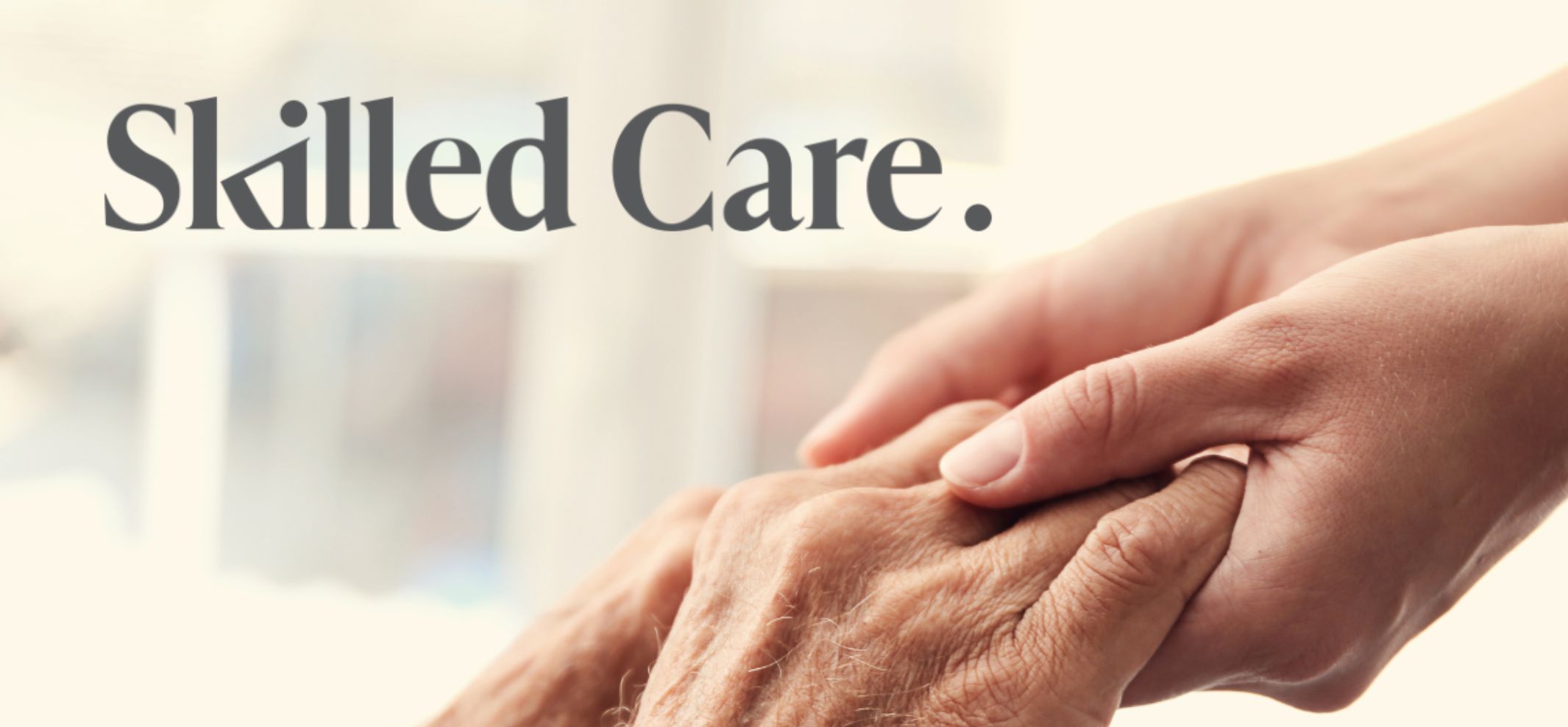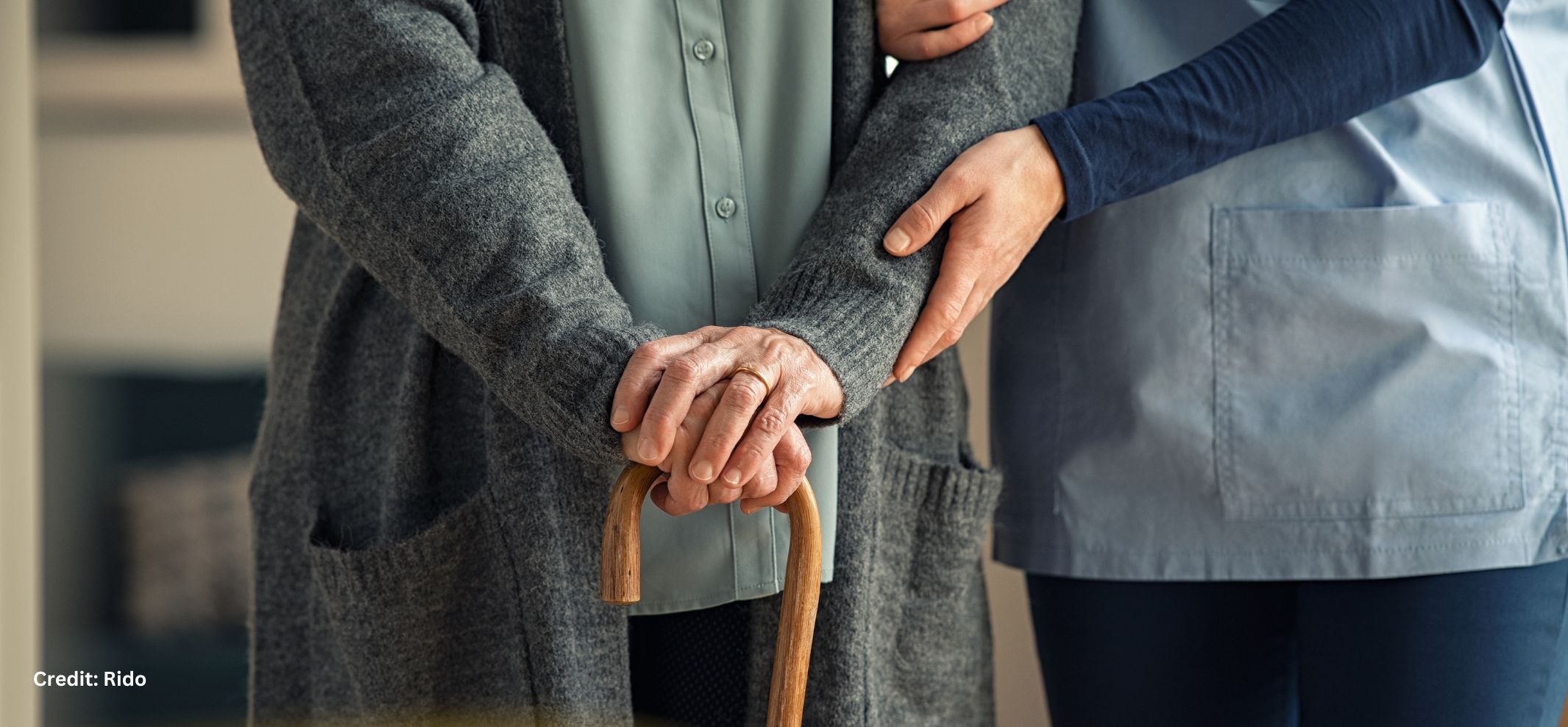Creating a safe home environment is crucial for everyone, especially for the elderly, who may face higher risks of falls due to various health and mobility-related issues. Fortunately, there are several ways to prevent falls effectively.
The process isn’t only about adding safety features but also reshaping the living space to accommodate the unique needs of aging individuals. With the right strategies, you can transform a home into a sanctuary of safety that supports independent living.
For best results, keep the following in mind:
1. Understand The Risks Of Falls
Sometimes, falls are not mere accidents; they’re often the result of the interplay between an individual’s physical condition and their environment. As people age, their reflexes slow down, their vision might decline, and their balance might become less stable, making them more susceptible to falls.
Recognizing these risks is the first step in preventing falls. It can also help you determine whether to consider home care services for your elderly loved one.
2. Assess The Home For Fall Hazards
Start by assessing the home for potential fall hazards. Here’s how to go about it:
- Conduct A Room-By-Room Inspection: Begin with the most frequently used spaces, such as the bedroom, living room, and bathroom. Check for loose carpet edges, cluttered floors, or slippery surfaces. Each room may have different hazards based on its use and furnishings.
- Evaluate Stair Safety: Stairs should be the focus area. Ensure there are no loose boards or carpeting. If the stairs are uncarpeted, consider non-slip treads. Good lighting and secure handrails on both sides can significantly mitigate the risk of a misstep.
By meticulously examining each aspect of the home environment, you can identify and rectify potential hazards that could lead to falls, creating a safer space for the elderly to navigate.
3. Implement Fall-Prevention Measures
Once you’ve identified potential risks, it’s time to address them and create an elderly-friendly home. Installing grab bars in strategic locations, such as the bathroom and along hallways, provides support and stability for the elderly as they move around their homes.
Sturdy handrails on both sides of the stairways offer added security for navigating between floors. It’s also important to consider the height and stability of furniture; chairs and beds should be easy to get in and out of to reduce the likelihood of a fall during these daily activities.
Adequate lighting is crucial, particularly in areas where the risk of tripping is high, such as staircases and hallways. Nightlights in bedrooms and bathrooms can guide the way during late-night trips, preventing missteps and falls.
4. Furniture And Space Arrangement
The furniture layout can significantly impact the safety of an environment for the elderly. It’s crucial to arrange the space to allow for unobstructed pathways that accommodate mobility aids.
Chairs and tables should be sturdy and placed with enough room for easy maneuvering. Avoid clutter and ensure that seating is at a height that supports safe sitting and standing. Clear walkways and a structured environment enhance safety and navigation confidence.
5. Flooring Considerations
The choice of flooring is a fundamental aspect of fall prevention. Opt for slip-resistant options such as textured vinyl or rubber, which can provide better traction underfoot. It’s also wise to consider the padding beneath the flooring; a softer underlayment can help reduce injury in case of a fall.
In addition, maintaining a level floor surface across different rooms can prevent tripping at thresholds, which is particularly crucial for those with mobility issues who may not lift their feet as high when walking. These considerations ensure that each step taken at home is on a safe and secure surface.
6. Keep Essentials Within Reach
Everyday items should be within easy reach. This means reorganizing the living space so that reaching for a commonly used item doesn’t involve risky stretches or precarious balancing.
Consider installing adjustable shelving that allows items to be placed at a comfortable height. Also, use drawer organizers to keep small, frequently used items from getting lost at the back of deep cabinets.
By strategically placing essentials at waist level, you not only reduce the risk of falls but also promote a sense of ease and independence in the daily routines of elderly individuals. These small adjustments can make a significant difference in the safety and functionality of a home.
7. Emergency Preparedness
Aging in place can be challenging, and despite all precautions, falls can still occur. It’s vital to have an emergency response plan that the elderly and caregivers are familiar with. This may involve wearing a personal emergency response system that can be activated to summon help with the press of a button, ensuring that immediate assistance is always available.
Keep a list of emergency contacts, including neighbors, family members, and healthcare providers, in a visible and accessible location. Regularly check that phones are within reach from the floor level in case of a fall so that assistance can be called without needing to move. These preparedness measures can make all the difference in the crucial moments following an incident.
Conclusion
By taking proactive steps to minimize risks, you can help ensure that the elderly can live more safely and independently. It’s not just about making changes to the home but also about encouraging awareness and safe practices. With thoughtful consideration and action, falls can be prevented, thereby ensuring peace of mind for everyone.





















